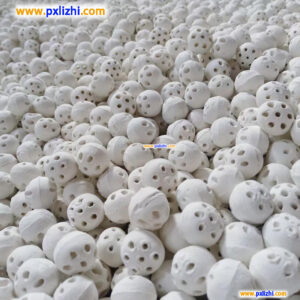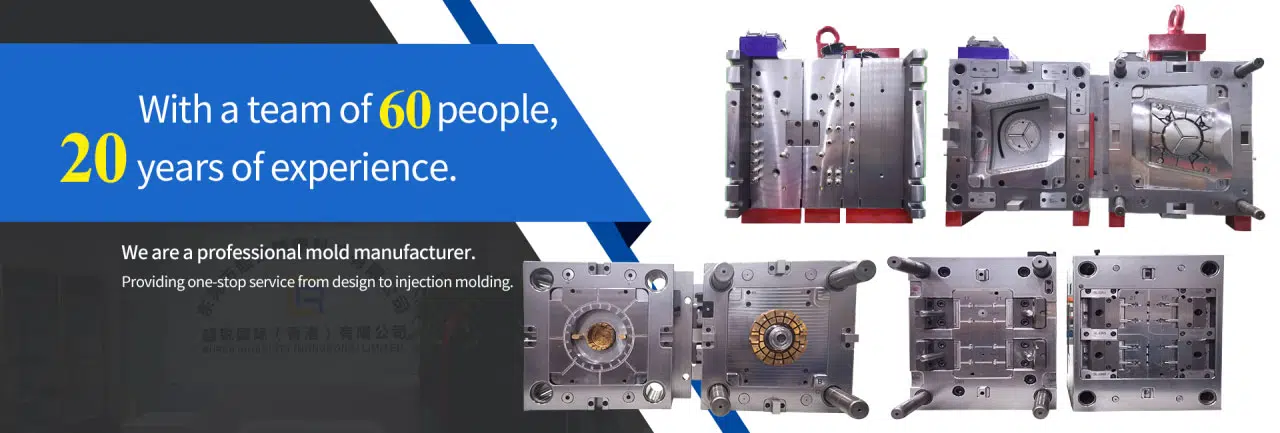
# Alumina Cerical Ball Applications and Properties
## Introduction to Alumina Ceramic Balls
Alumina ceramic balls are high-performance ceramic spheres made from aluminum oxide (Al2O3). These balls exhibit exceptional mechanical, thermal, and chemical properties, making them suitable for various industrial applications. With alumina content typically ranging from 90% to 99.9%, these ceramic balls offer superior performance compared to traditional materials.
## Key Properties of Alumina Ceramic Balls
### 1. High Hardness and Wear Resistance
Alumina ceramic balls demonstrate remarkable hardness (Mohs hardness of 9), second only to diamond. This property makes them extremely resistant to wear and abrasion, ensuring long service life even in demanding environments.
### 2. Excellent Thermal Stability
These ceramic balls maintain their structural integrity at high temperatures (up to 1600°C), making them ideal for high-temperature applications where metal balls would fail.
### 3. Chemical Inertness
Keyword: alumina ceramic ball
Alumina ceramic balls are highly resistant to chemical corrosion, including acids and alkalis, making them suitable for use in aggressive chemical environments.
### 4. Electrical Insulation
With excellent dielectric properties, alumina ceramic balls serve as effective electrical insulators in various applications.
### 5. Low Density
Compared to metal balls, alumina ceramic balls have lower density, reducing energy consumption in rotating applications.
## Common Applications of Alumina Ceramic Balls
### 1. Grinding Media
Alumina ceramic balls are widely used as grinding media in ball mills for:
– Ceramic raw material processing
– Mineral processing
– Paint and pigment production
– Pharmaceutical manufacturing
### 2. Bearing Components
Due to their hardness and wear resistance, alumina ceramic balls are used in:
– High-speed bearings
– Precision bearings
– Corrosive environment bearings
– High-temperature bearings
### 3. Valve Components
Alumina ceramic balls serve as:
– Valve balls in chemical processing
– Check valve components
– Flow control elements
### 4. Catalyst Supports
In chemical and petrochemical industries, alumina ceramic balls are used as:
– Catalyst carriers
– Reactor packing materials
– Support media for catalytic processes
### 5. Other Industrial Applications
Additional uses include:
– Pump components
– Measurement devices
– Aerospace components
– Semiconductor manufacturing equipment
## Advantages Over Metal Balls
Alumina ceramic balls offer several advantages compared to their metal counterparts:
– Longer service life due to superior wear resistance
– Reduced maintenance requirements
– Better performance in corrosive environments
– Lower energy consumption in rotating applications
– Non-magnetic properties for specialized applications
– Higher temperature resistance
## Selection Considerations
When choosing alumina ceramic balls for specific applications, consider:
– Alumina content (90%, 95%, 99%, or 99.9%)
– Ball size and dimensional tolerance
– Surface finish requirements
– Operating temperature range
– Chemical exposure
– Mechanical load requirements
## Conclusion
Alumina ceramic balls represent a high-performance solution for numerous industrial applications where traditional materials fall short. Their unique combination of properties makes them indispensable in industries ranging from mining to aerospace. As technology advances, we can expect to see even more innovative applications for these versatile ceramic components.
